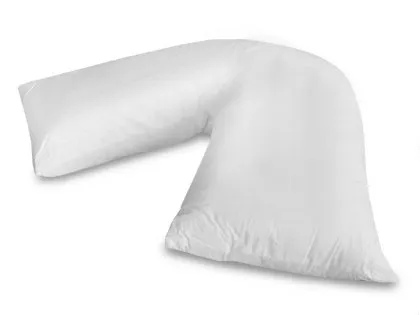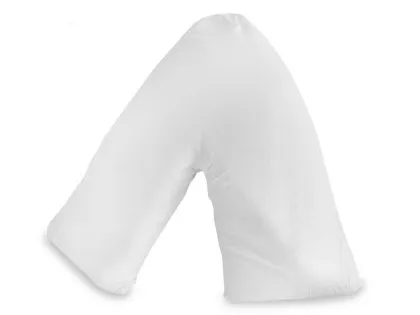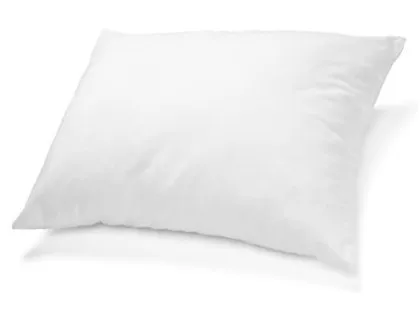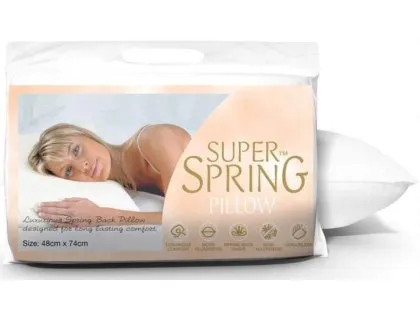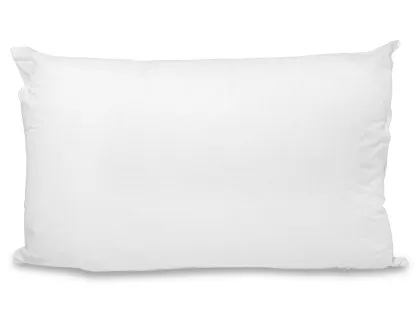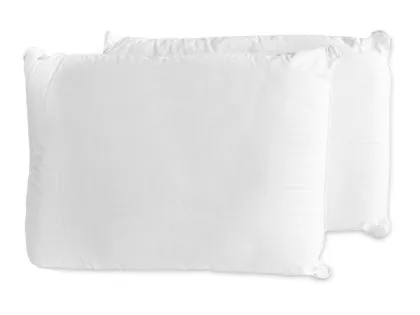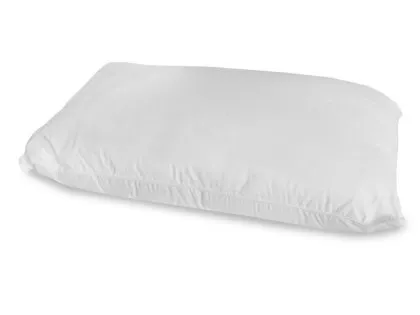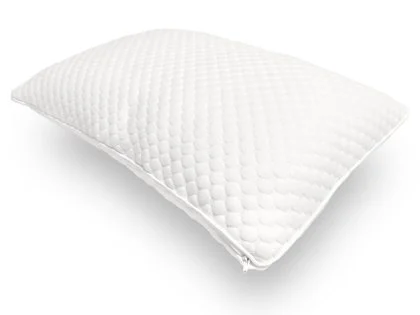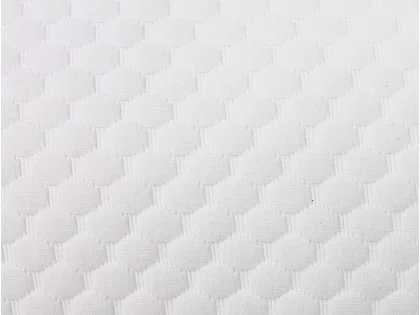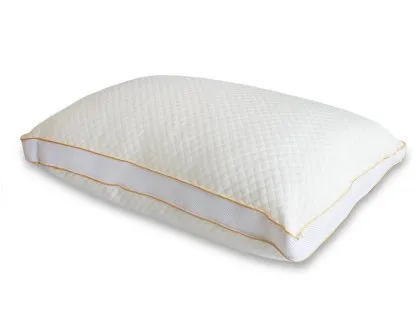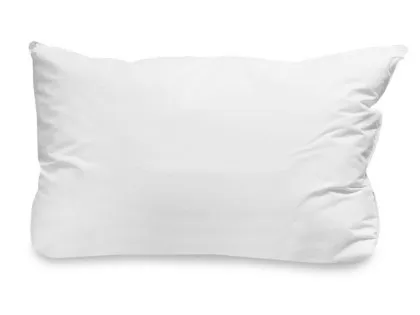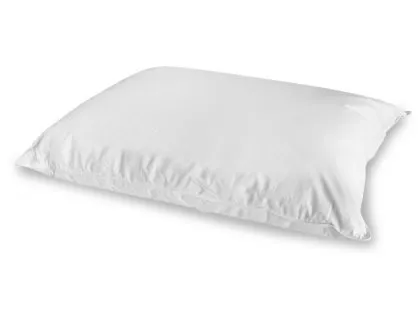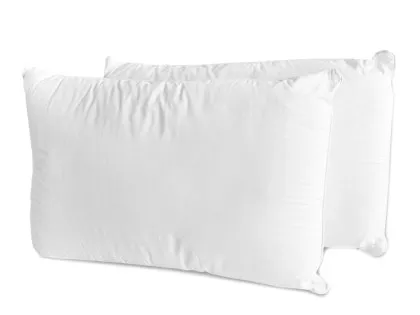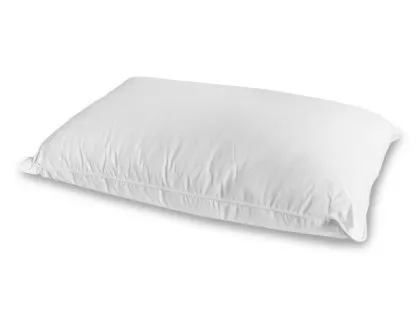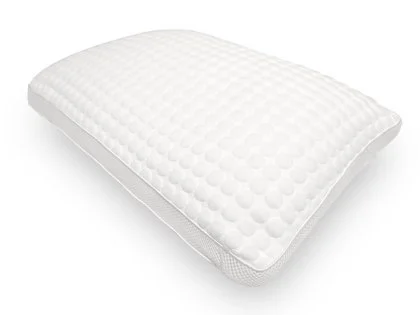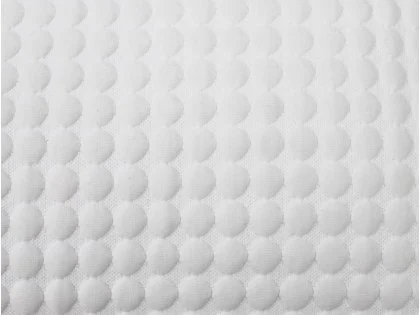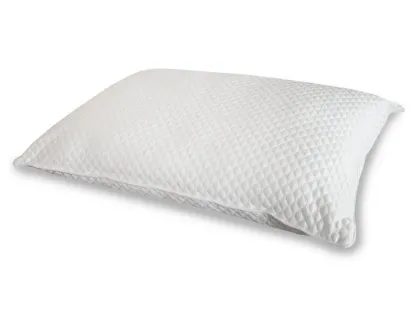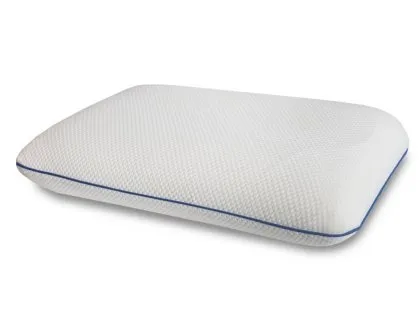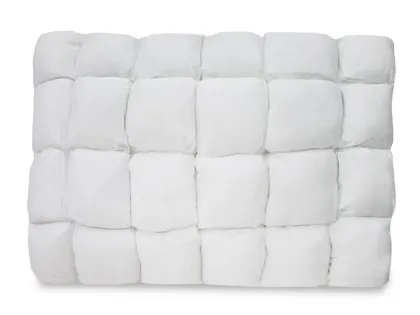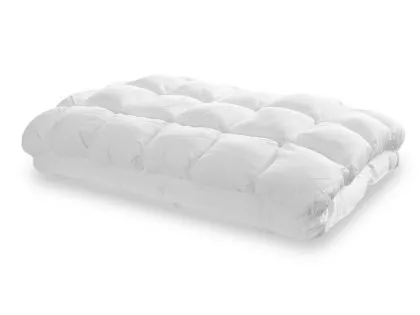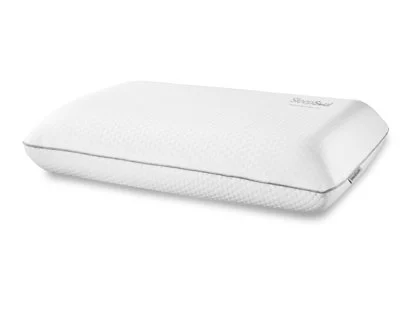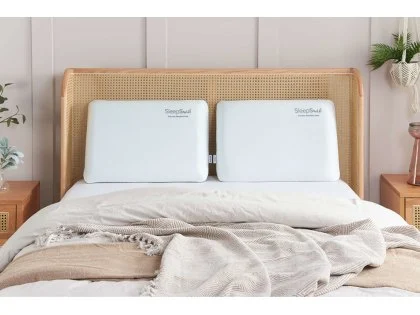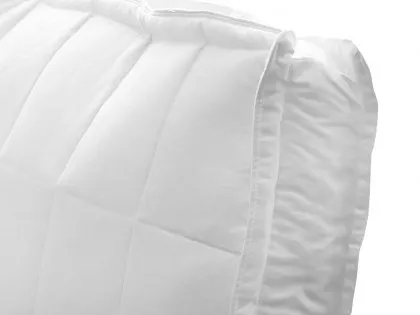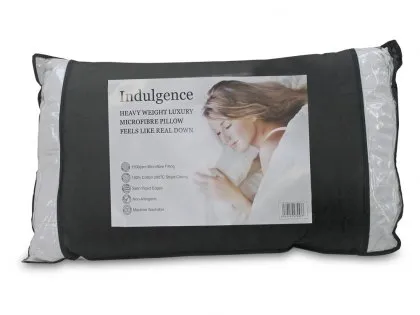Shop our selection of pillows today, available in a range of support and fillings.
Soft to Medium
A gentle and supportive sleeping surface that moulds to your body shape. Ideal for those who prefer to sleep on their sideSoft to Medium
A gentle and supportive sleeping surface that moulds to your body shape. Ideal for those who prefer to sleep on their sideMedium
Supporting and contouring your body shape, it’s ideal for those who switch from sleeping on their side, to sleeping on their backSoft to Medium
A gentle and supportive sleeping surface that moulds to your body shape. Ideal for those who prefer to sleep on their sideMedium
Supporting and contouring your body shape, it’s ideal for those who switch from sleeping on their side, to sleeping on their backMemory Foam
Body moulding and pressure relieving material designed to reduce tossing and turning for a more restful night's sleepMedium
Supporting and contouring your body shape, it’s ideal for those who switch from sleeping on their side, to sleeping on their backMedium
Supporting and contouring your body shape, it’s ideal for those who switch from sleeping on their side, to sleeping on their backSoft to Medium
A gentle and supportive sleeping surface that moulds to your body shape. Ideal for those who prefer to sleep on their sideSoft to Medium
A gentle and supportive sleeping surface that moulds to your body shape. Ideal for those who prefer to sleep on their sideMemory Foam
Body moulding and pressure relieving material designed to reduce tossing and turning for a more restful night's sleepMedium
Supporting and contouring your body shape, it’s ideal for those who switch from sleeping on their side, to sleeping on their backMedium to Firm
A suitable level of support for those who can’t choose between medium and firm, but want a comfortable mattress that’s not too hardCooling Gel
A breathable and instantly responsive pressure relieving material that disperses excess body heat away from the mattress surfaceMemory Foam
Body moulding and pressure relieving material designed to reduce tossing and turning for a more restful night's sleepSoft to Medium
A gentle and supportive sleeping surface that moulds to your body shape. Ideal for those who prefer to sleep on their sideMedium & Firm
A combination of both medium and firm sleeping surfaces. Ideal for those who prefer a different level of support.Memory Foam
Body moulding and pressure relieving material designed to reduce tossing and turning for a more restful night's sleepMedium to Firm
A suitable level of support for those who can’t choose between medium and firm, but want a comfortable mattress that’s not too hardMedium
Supporting and contouring your body shape, it’s ideal for those who switch from sleeping on their side, to sleeping on their backThe Ultimate Guide to Choosing the Perfect Pillow
Pillows are more than just a place to rest your head; they are a crucial component of a good night's sleep. Choosing the right one can influence everything from spinal alignment to sleep quality. With the vast array of options available, choosing the right one can seem overwhelming.
This pillow buying guide will help you understand the different types available. It also covers the benefits of a supportive pillow, and how often you should replace them.
Types of Pillows
With such a wide range of materials and filling available, it can be easy to get overwhelmed. We've compiled a short guide below that will help talk you through some of the most common options.
1. Memory Foam: Memory foam is celebrated for its ability to contour to the shape of your head and neck. This material responds to pressure and temperature, offering tailored support that helps maintain spinal alignment. Memory foam pillows are ideal for those who suffer from neck pain as they help reduce pressure points by evenly distributing weight.
2. Feather: Feathers are known for their softness and flexibility. They are made from the outer feathers of ducks or geese and provide a soft, luxurious feel. They offer less support than memory foam but can be moulded to suit your preferred sleeping position.
3. Down: Similar to feather but filled with the light, fluffy undercoating beneath the feathers of waterfowl, down pillows are exceptionally soft. They offer little support but are perfect for those who prefer a softer, more enveloping feel.
4. Latex: Made from natural or synthetic rubber, these are firm and supportive. The latex provides a level of bounce that keeps them from flattening throughout the night. They are also hypoallergenic, making them a great choice for allergy sufferers.
5. Synthetic Fillings: Often made from polyester, synthetic pillows are hypoallergenic and a cost-effective alternative to more expensive materials. They are easy to care for and are ideal for those who are allergic to feathers or natural fibres.
Benefits of a Supportive Pillow
A supportive pillow is crucial for maintaining the natural alignment of your spine. A good pillow will support the curve of your neck and keep your head aligned with your spine. This can help significantly reduce neck and back pain. Furthermore, the right one can enhance your sleep quality by ensuring that you remain comfortable throughout the night.
1. Alleviates Pain: A supportive pillow can alleviate or prevent pain by ensuring proper alignment of critical areas of the upper body during sleep. This can be particularly beneficial for people who suffer from chronic neck or back pain.
2. Enhances Sleep Quality: By providing adequate support, a good pillow can prevent tossing and turning, which is often caused by discomfort. This can help you achieve a deeper, more uninterrupted sleep cycle.
3. Helps Prevents Snoring: Proper head and neck alignment can keep your breathing passages open, which may help reduce snoring. Snoring is a common problem that can disrupt sleep for both the snorer and their partner.
How Often Should You Replace Your Pillow?
The lifespan of a pillow can vary depending on what it is made of and how often it is used. As a general rule of thumb, we recommend replacing yours every 1-2 years. Like a mattress, over time they can accumulate dust mites, skin cells, and body oils, which can affect your health and sleep quality. Additionally, the material inside can break down, reducing its ability to provide support.
1. Check for Signs of Wear: Regularly inspect your pillow for signs of wear and tear. Look for lumps or a flattened appearance, which indicate that it's time for a replacement.
2. Consider Material: Memory foam and latex tend to last longer than feather or synthetic fillings.
3. Pay Attention to Allergies: Allergens like dust mites can build up in your pillow over time. If you notice an increase in allergy symptoms when waking up, it might be time to replace your bedding.
Conclusion
Choosing the right pillow is a personal decision that can significantly impact your quality of sleep and overall health. By understanding the different types available and the importance of a supportive pillow, you can make an informed decision. Remember to replace your pillow regularly to maintain hygiene and support.
